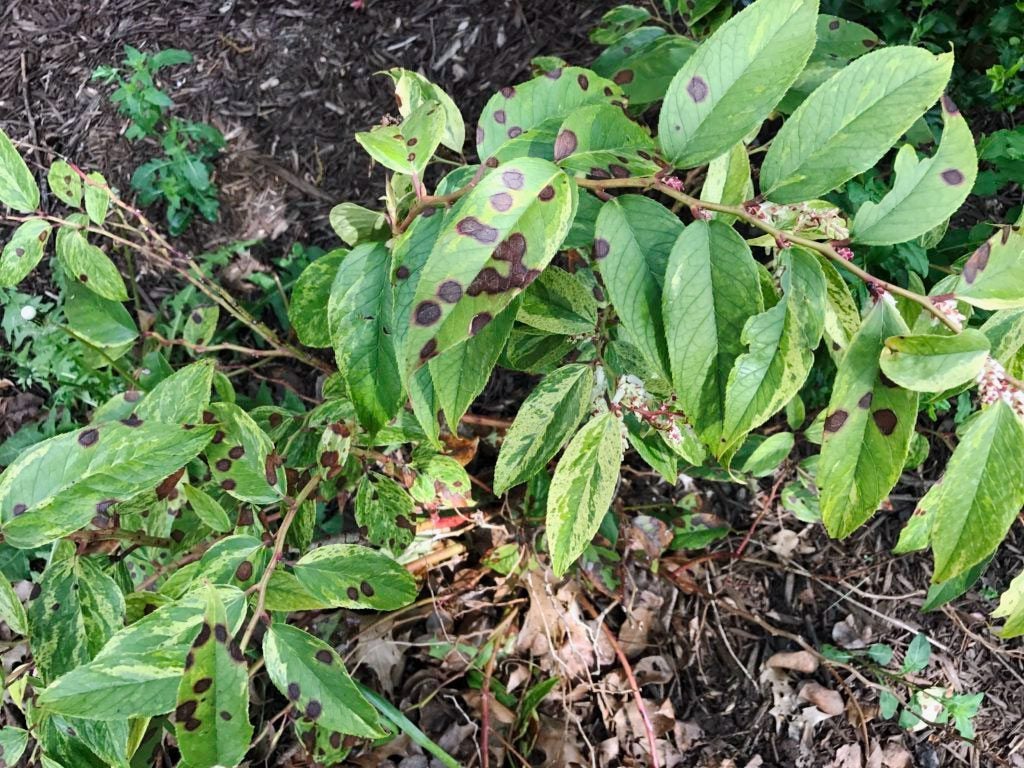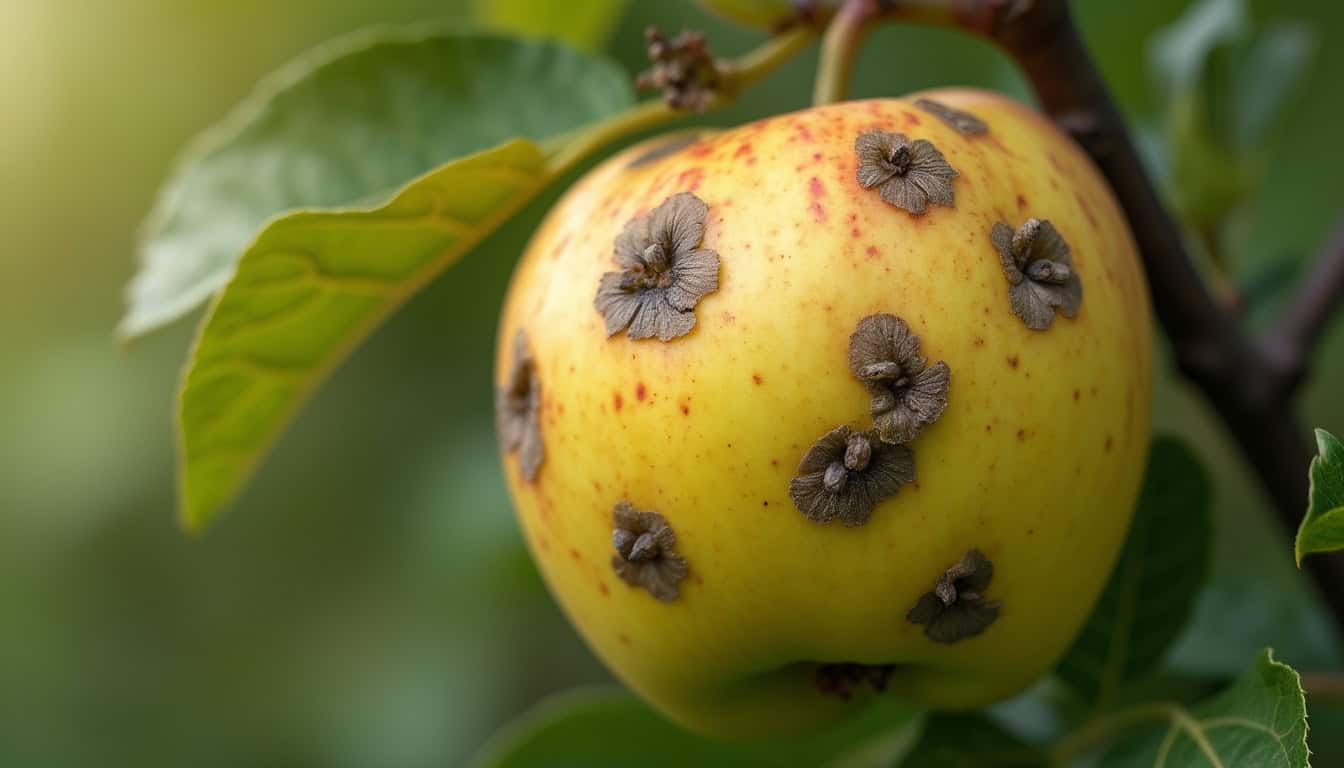Olive Tree Leaves Turning Yellow With Black Spots

This is actually a lesion produced by the fungus.
Olive tree leaves turning yellow with black spots. This deficiency is most prevalent in heavy soils during cold and wet weather when nitrogen is less available. It s quite easy to spot as you ll see small black spots on the top surface of the leaves. Identifiable by black or grey spots surrounded by yellow halos peacock spot infections are sporadic and may take several years to become noticeable. Olive tree roots are vulnerable to root knot nematodes citrus nematodes and root lesion nematodes.
It won t take you long to see that there are round marks on the leaves. Olive lace bugs are sap sucking insects that feed on the underside of leaves resulting in the formation of rusty yellow spots. The colour of these marks is between brown and black. If left untreated black spot spreads rapidly and weakens plants severely.
Olive peacock spot is very common and affects the leaves of olive trees around the world from the uk to australia. It only attacks olive trees and only affects trees through the growing season. Olive leaf spot more commonly called peacock spot is a fungus that attacks olive trees worldwide. On some occasions these marks are surrounded by a yellow coloured ring.
This mark is to be found on the upper part of the leaf. Trees suffering from a nitrogen deficiency have yellow tinged leaves and poor growth. That s one of the peculiarities of olive leaf spot. Nitrogen is most frequently lacking nutrient in olive trees.
They aren t to be found on the lower part. By looking at the leaves on the tree. Black spot leaf disease shows itself first with black spots appearing on the leaf then with rings of yellow as the spots grow until the leaf turns entirely yellow and then falls off. As a soil borne fungus it s present at all times even deep winter.


















